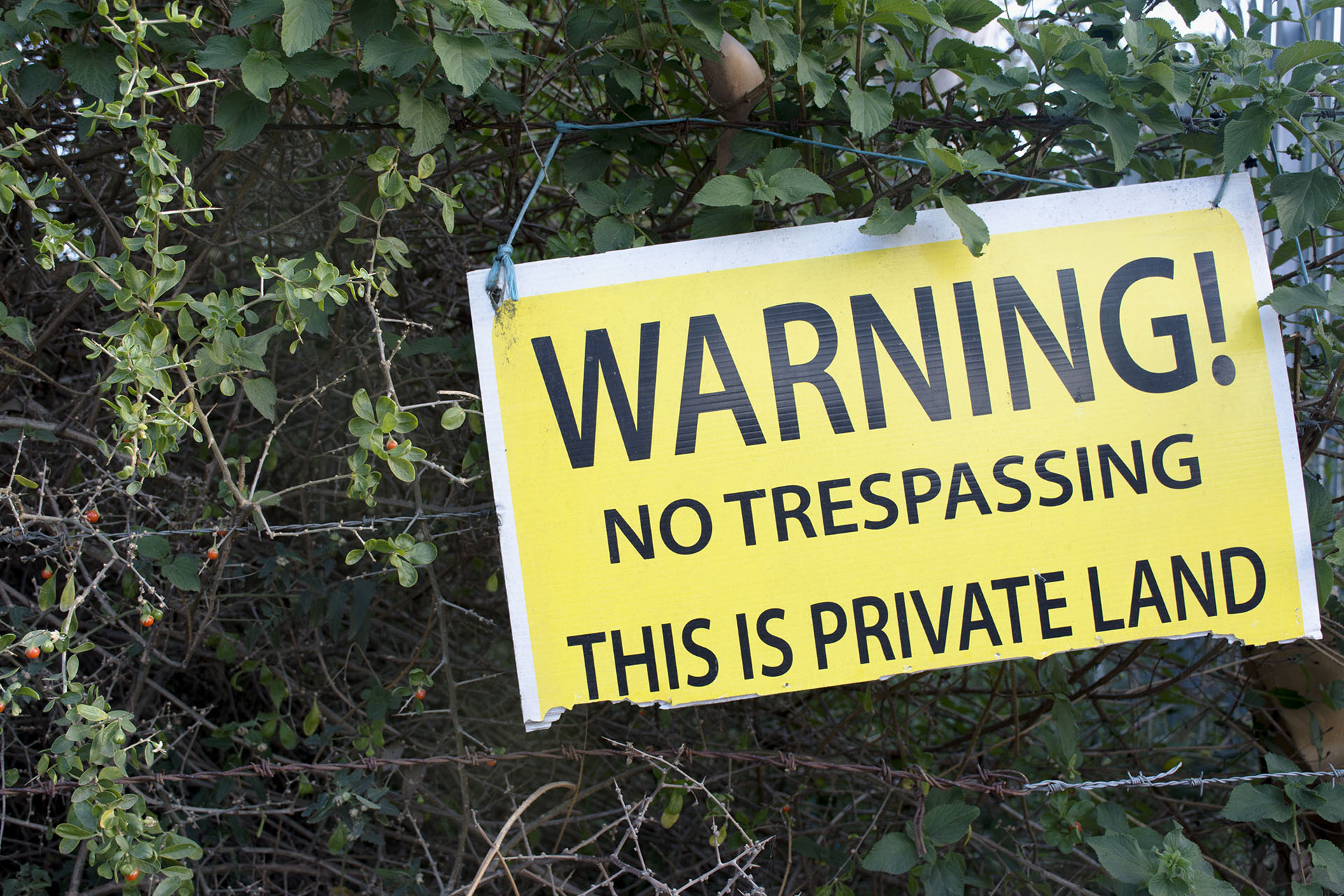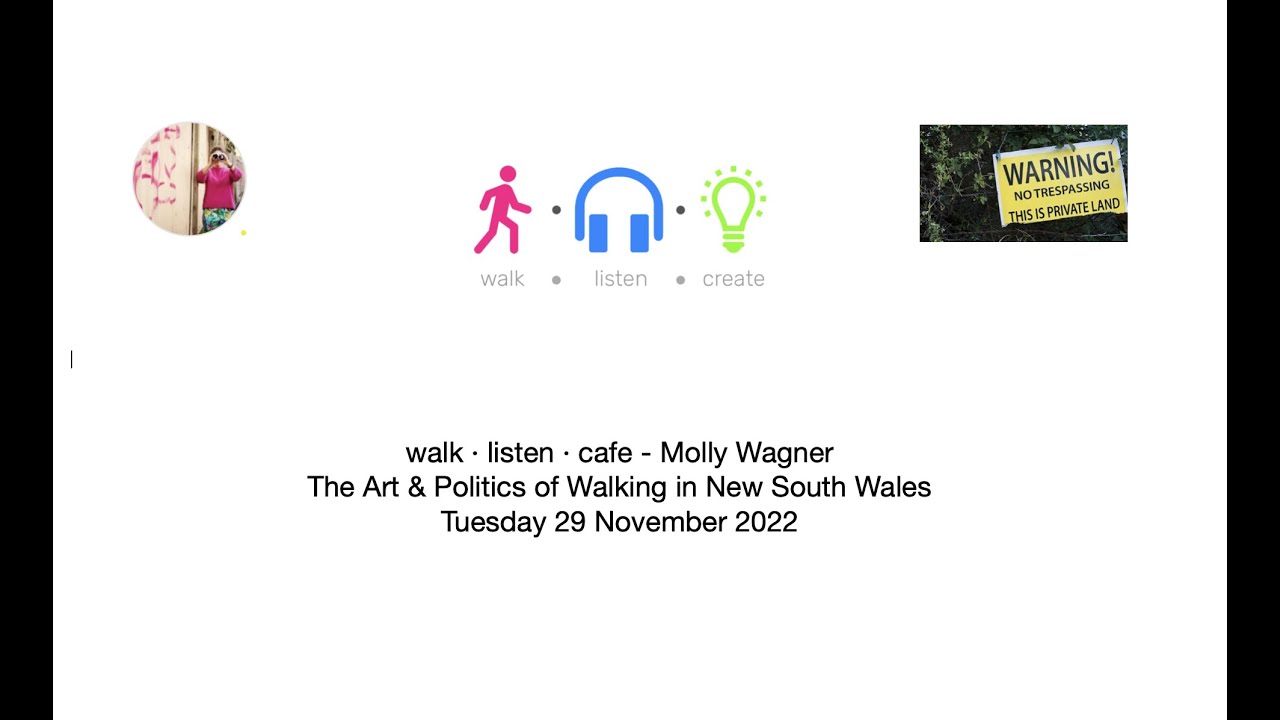This is a process-based art project in which Molly Wagner walked the roads, highways and footpaths between Sydney and Bathurst, New South Wales in a series of eleven walks. The title highlights her sense of trespassing into lands, stories and histories despite my practice of walking in public places and pedestrian zones, e.g. footpaths, the shoulder of the road, tracks and narratives published for general access. Molly walked to find answers to her questions about what it is to be a Walking Artist and the nature of Walking Art.
Main Navigation
Search
My feed
hybrid flaneur/flaneuse
Hybrid flaneur/flaneuse has become a performative “orchestrator” of steps and technologies – of sensory and emotional encounters. It is this oscillation between the poetic, the socio-technological, the geographical and the emotional that shifts the meaning of flanerie and walking in the 21st century. Hybrid flaneur/flaneuse can be also described in line with the cultural and aesthetic trajectories of the 20th century ambulatory practices. Therefore, a hybrid flaneur/flaneuse could be a creative merging of the romanticised view of early flaneur, the radical tactics and political implications of psychogeography and the performative/site-oriented elements of Fluxus and Land Art – all considered through a wide range of embodied media, social and geographical sensitivities.
Encountered a problem? Report it to let us know.
- Include the page on which you encountered the problem.
- Describe what happened.
- Describe what you expected to happen.




One thought on “No Trespassing: the art and politics of walking in New South Wales”